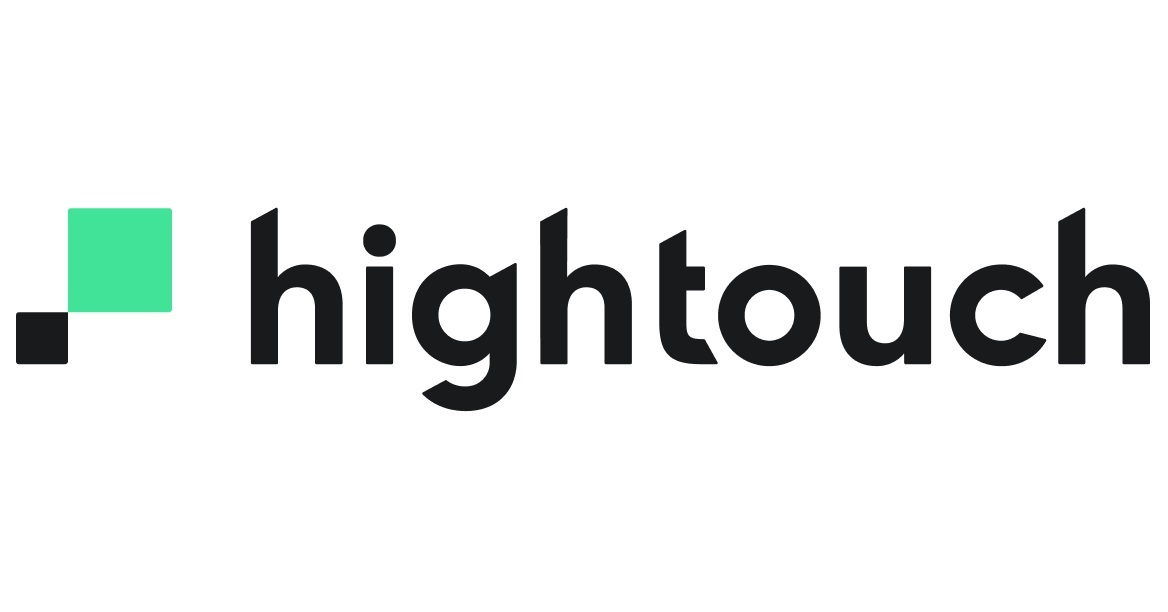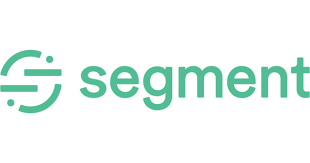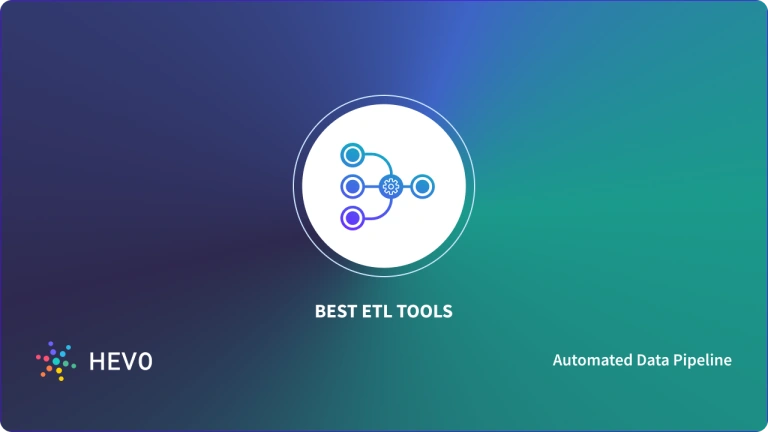If you are a data-driven business, then you must know how crucial it is to extract meaningful insights from your data. That’s where Reverse ETL comes into play. I’m guessing you might know what ETL (Extract, Transform, Load) is. It is the process of bringing data into your warehouses. But then, what about getting this data out of your warehouse and into the tools where your teams spend most of their time, like CRMs, marketing automation platforms, and customer support systems; that is the work of Reverse ETL.
In this blog, we’ll answer all your questions, such as: What is Reverse ETL, and why should I care? Which reverse ETL tools are available? Which tool will best meet my use case? etc.
Table of Contents
How Does Reverse ETL Work?
Reverse ETL takes the data you’ve cleaned and transformed in your warehouse and syncs it into your favorite SaaS tools. Here’s a simple breakdown of the process:
- Extract: Data is pulled from your data warehouse (e.g., Snowflake, BigQuery).
- Transform: You prepare the data to make it usable, such as filtering, aggregating, or formatting it to fit the destination tool’s needs.
- Load: The data is loaded into operational tools like Salesforce, Marketo, or Zendesk.
With the right Reverse ETL tool, this process runs in the background, ensuring that every team has access to fresh data without involving data engineers at every step.
Looking for the best ETL tools to connect your data sources? Rest assured, Hevo’s no-code platform helps streamline your ETL process. Try Hevo and equip your team to:
- Integrate data from 150+ sources(60+ free sources).
- Simplify data mapping with an intuitive, user-friendly interface.
- Instantly load and sync your transformed data into your desired destination.
Join 2000+ happy customers like Whatfix and Thoughtspot, who’ve streamlined their data operations. See why Hevo is the #1 choice for building modern data stacks.
Get Started with Hevo for FreeWhy is Reverse ETL Important?
With growth, businesses collect millions of pieces of data. Data sitting in a warehouse, though, is of little value unless it enriches real-time decision-making across departments. With Reverse ETL, companies can:
- Drive real-time insights across marketing, sales, and support through up-to-date information in the daily tools your teams use to improve customer experiences.
- Break Down Silos: No more data bottlenecking with the IT or analytics team. Reverse ETL makes data accessible to every department.
- Improve Personalization: By synchronizing customer data with the marketing platform, it can build personalized real-time campaigns based on the latest customer behaviors.
- Turn data into actionable information. Rather than being a static dashboard, teams can use data to prompt action, such as an alert to the sales team when the lead is sizzling.
List of Top 7 Reverse ETL Tools in 2024
1. Hightouch

G2 Rating: 4.6(359)
Hightouch is the most popular Reverse ETL platform. The platform supports over 200+ destinations and integrates with modern data tools like dbt, Fivetran, Looker, etc. It offers version control, a live debugger, support for alerting, and even a no-code audience builder so your non-technical users can build self-serve audiences using a visual interface.
Features of Hightouch
- Connects to over 35+ data sources
- Connects to over 200+ destinations
- Granular permissions, audit logs, role and label-based access controls
- Version control with Git.
- 90% of syncs are complete in 30 seconds or less.
Hightouch Resources
Docs | Blog | Pricing | GitHub
2. Census

G2 Rating: 4.5(336)
The main goal of Census is to make data actionable. Their platform helps you synchronize data from your data warehouse into the SaaS tools with which your teams already work: integrations like Salesforce, Marketo, or Zendesk.
Features of Census
- Their Sync engine supports ETL incremental syncing for efficiency and uses the right bulk APIs, rate limits, and throttling using its smart job queue.
- They provide a simple UI, visual field mapper, and segment builder through which you can sync data to your destination apps with no APIs or ETL code.
- Compliant with SOC 2 Type 2, HIPAA, GDPR, CCPA, and Privacy Shield.
Census Resources
Case studies | Pricing | Documentation
3. Segment

G2 Rating: 4.5(550)
Another significant competitor in the reverse ETL space is Segment, which offers data activation wherever needed. Segment is a customer data platform (CDP) mainly focused on collecting, managing, and syncing customer information to many downstream applications.
Features of Segment
- You can create and customize sources for each website or app you want to track.
- Provides popular destinations like Google Analytics, Mixpanel, Kissmetrics, Customer.io, Intercom, and KeenIO.
- You can create protocols for defining your events and corresponding properties using tracking plan.
Segment Resources
4. Polytomic

G2 Rating: 4.8(35)
Polytomic focuses on bringing real-time data into business applications; hence, it is a fantastic tool for teams that work strictly based on up-to-minute information. It particularly does great in B2B sales and customer success areas where the most up-to-date information will make a huge difference.
Key Features of Polytomic
- Don’t worry about API limits. Their Sync engine automatically syncs incrementally and uses the right bulk APIs, rate limits, and throttling using its smart job queue.
- No-code Platform
- You can define the data model of your choice using native SQL against your databases.
- It provides auto-monitoring, logging, and recovery.
Polytomic Resources
5. Workato
G2 Rating: 4.7(457)
Workato is more than just Reverse ETL; it is actually a full-fledged automation platform. If your aim is to combine data syncing with complex workflows and ETL automation, you can count on Workato. It’s great for companies that want more out of their data, like automatically updating records in the Salesforce ETL tool when a deal closes or launching marketing campaigns based on customer behavior.
Features of Workato
- It provides AI-powered no-code platform featuring over 1200 pre-built connectors and ready-to-use accelerators.
- Designed with built-in fault tolerance, zero downtime upgrades, ensuring no loss of functionality or data.
- Comprehensive security with end-to-end encryption, key rotation, EKM, container isolation, and automatic updates.
Workato Resources
Documentation | Pricing | GitHub
Check out our latest article on Fivetran vs. Workato.
6. Matillion
G2 Rating: 4.4(78)
Matillion is a popular cloud-based ELT tool that allows users to quickly transform data and load it into their desired data warehouse. Its flexible structure supports a modern ETL architecture and integrates with diverse data sources.
Key Features of Matillion
- Access to 150+ data connectors
- Integrates with AI and machine learning tools for advanced analytics and predictive data modeling.
- Features an intuitive, drag-and-drop interface for designing ETL pipelines.
- It supports significant data destinations such as Snowflake, Redshift, Databricks, and BigQuery.
Matillion Resources
7. Seekwell

G2 Rating: 4.7(13)
Seekwell gathers information from SQL databases such as MySQL, Postgres, Redshift, MS SQL Server, and Snowflake; then it pushes that data into business applications, including Google Sheets, Excel, Slack, and even email.
Key Features of Seekwell
- It creates a SQL repository for your entire team. You can share, tag, and discover code written by anyone on your team.
- It provides a feature called Snippets through which you can share small, reusable bits of SQL with your team. They’re great for automating date formatting or metric defintions.
- It lets you define data points in Stories and automatically send updates via email or Slack.
Seekwell Resources
How to Choose the Right Reverse ETL Tool
Choosing the right tool for your organization can be tricky. There are many different platforms that provide unique strengths, and the “right” tool is also going to depend on your company’s size, infrastructure, and a given use case. Below is a simple table I created to help you compare key factors when selecting a Reverse ETL tool:
| Factor | Description | Tool Recommendation |
| Ease of Use | Does the tool offer a no-code or low-code interface? How intuitive is it for non-technical users? | Hightouch, and Census offer no-code or low-code interfaces. |
| Integrations | What other platforms does the tool connect to? Does it support the business apps your team already uses? | Hightouch and Census offer no-code or low-code interfaces. |
| Customization | Can the tool handle complex data transformations and custom workflows? | Matillion and Workato are great for businesses that need extensive customization. |
| Scalability | How well does the tool scale with your company as you grow? Does it support large volumes of data and complex pipelines? | Matillion, Census, and Segment are known for their scalability, making them ideal for large enterprises or rapidly growing businesses. |
| Real-Time Syncing | Does the tool offer real-time data syncing, or is it based on scheduled batches? | Polytomic, and Hightouch excel in real-time data syncing. |
| Security & Compliance | Is the tool compliant with data regulations like GDPR and HIPAA? Does it provide adequate security features? | Polytomic, Segment, and Workato are strong contenders for companies needing high compliance standards like GDPR or HIPAA. |
| Pricing | Is the pricing model transparent, flexible and scalable?Does it offer a pricing plan that fits your budget and usage requirements? | Segment offers a very transparent and competitive pricing model. |
| Support & Resources | Does the tool come with extensive documentation and customer support? Is there a community or dedicated account manager for troubleshooting? | Matillion and Hightouch have extensive documentation and round-the-clock customer support. |
Conclusion
Reverse ETL provides a whole new ballgame for the use of data in businesses. Rather than letting high-value insights sit idle in the warehouse, it puts that data to work where your teams use it every day. Make sure to follow ETL best practices to optimize your pipeline performance
Choosing the right tool can be a difficult task. It depends on very specific business and ETL requirements, so see what features and integrations are most important for your team and pick the best fit accordingly. To find a reliable and cost effective ETL solution, try Hevo’s 14-day free trial and experience seamless data migration.
Frequently Asked Questions
1. What are the 4 types of ETL tools?
Batch ETL Tools
Real-time ETL Tools
Open-source ETL Tools
Cloud-based ETL Tools
2. What is the difference between ETL and reverse ETL?
ETL (Extract, Transform, Load) moves data from source systems to a data warehouse for analysis.
Reverse ETL syncs data from the warehouse back into operational tools (e.g., CRMs, marketing platforms).
3. Can Fivetran do reverse ETL?
No, Fivetran is primarily an ETL tool, not designed for Reverse ETL. For reverse ETL, tools like Hightouch or Census are used.











